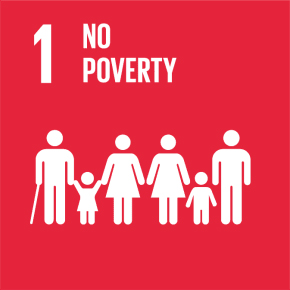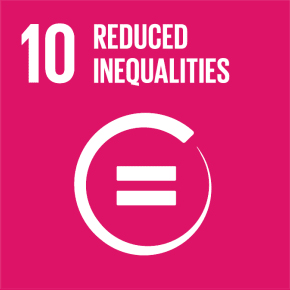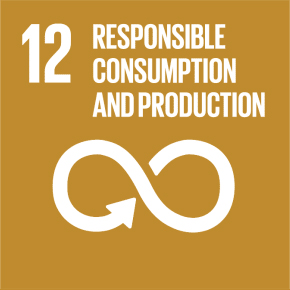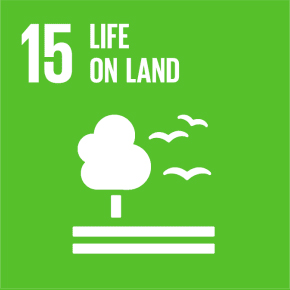Sustainable
development goals
The Sustainable Development Goals (SDGs), also known as the Global Goals, were adopted by the United Nations in 2015 as a universal call to action to end poverty, protect the planet, and ensure that by 2030 all people enjoy peace and prosperity. They represent the agreed global agenda for sustainably improving the health and wellbeing of people who live on the planet.
How the SDGs have come about
The goals have evolved over the lifetime of the United Nations and have an intimate connection with the Declaration of Human Rights ...
- 24th October, 1945 : Formation of the United Nations (UN)
- 7th April, 1948 : Formation of the World Health Organisation (WHO)
- 10th December, 1948 : Univeral Declaration of Human Rights agreed by the UN and included the issues of Human Rights and Health. Article 25 envisages "... the highest attainable standard of health as a fundamental right of every human being".
1950s/1960s : It fell to the WHO to address the immediate health issues facing the world during the chaos following the Second World War. The first challenge was to deal with the millions of displaced people and then, during the 1950s and 1960s, WHO was able to initiate a series of worldwide immunisation programmes.
1970s : The Alma Ata Declaration : Thinking began to turn to questions about the best way to provide services for the population as a whole and the very important role of Primary Care was recognised. This was crystalised in the Alma Ata Declaration where primary care was seen as key to the goal of attaining Health for All.
1980s/1990s : Health for All by the Year 2000 : In 1981 the World Health Assembly built on the Ama Ata Declaration and launched the "Health for All by the year 2000 Global Health Strategy" adopting 38 targets for achievement.
2000 /2015 : Millenium Development Goals : By the time the millenium approached it had been recognised that Health for All could not be achieved by health services alone and other sectors needed to be involved. As a consequence, responsibility for the strategy passed to the United Nations itself, which adopted the Millenium Development Goals to be achieved by 2015.
2016/2030 : Sustainable Development Goals : Following a worldwide consultation on "The World We Want", new goals for achievement by 2030 were adopted - the Sustainable Development Goals. These include the need for action on climate change and pollution in order to maintain a balanced ecosystem that is sustainable and on which our lives depend.
How to achieve the goals
There are two broad approaches used to achieve the goals.
Vertical Approach
This is a top down approach focused on a very specific objective e.g. eliminating a particular disease. This approach has often been used in immunisation programmes. Local health systems are not involved in the programme very much and it does not influence other aspect of health. Its advantage is that it is very focused on one particular problem.
Horizontal approach
This involves communities and their services. Thinking took place in the 1980s about mechanisms to engage the actors involved in health creation and the treatment of ill health lead to the concept of Healthy Settings. This was set out in the Ottawa Charter for Health Promotion in 1986. It was based on the notion that “Health is created and lived by people within the settings of their everyday life; where they learn, work, play and love”.
Settings can normally, therefore, be identified as having physical boundaries, a range of people with defined roles, and an organizational structure. Examples include Healthy Schools and Healthy Workplaces.
On a larger scale, the concept of a Health City was taken up in Europe beginning in 1988 as the WHO Healthy Cities Project. The approach quickly caught the imagination of professionals, politicians and citizens to become a movement and networks were developed in Europe (including the UK) and worldwide.
To find out who in Wessex is involved in work on a particular SDG, click on the SDG in which you are interested.





















